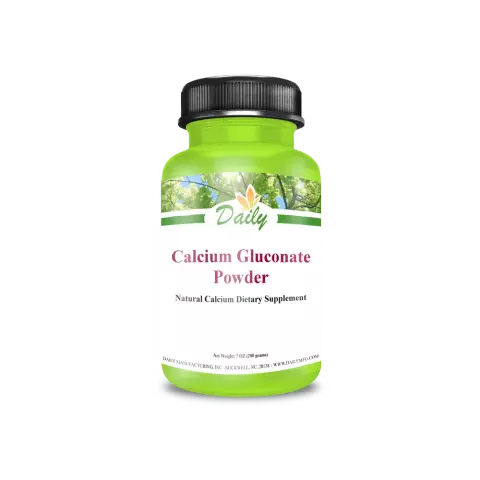- Author Rachel Wainwright [email protected].
- Public 2023-12-15 07:39.
- Last modified 2025-11-02 20:14.
Sodium gluconate

Sodium gluconate (E576) is a food supplement, acidity regulator, complexing agent, designed to enhance taste sensations. This effect is carried out by increasing the sensitivity of the tongue receptors.
It is an acidity regulator and an antioxidant synergist.
Sodium gluconate (not to be confused with monosodium glutamate) is presented in the form of a white crystalline powder, readily soluble in alkalis, acids, cold water and insoluble in alcohols.
The natural source of sodium gluconate is gluconic acid, which is a product of the first oxidation of glucose. As a complexing agent, sodium gluconate has the ability to bind excess iron, calcium and heavy metal ions, which makes it successfully used in the food industry.
Application of sodium gluconate
In addition to being used in the food industry, sodium gluconate is used as an integral component:
- Industrial detergents. Due to the combination of dispersing, complexing and anticorrosive properties, good solubility and stability in a strongly alkaline environment, the substance is an excellent complexing agent for creating alkaline cultures. Detergents with added sodium gluconate are used in the glass and dairy industries;
- Descaling agents in the beer industry. Washing equipment and containers with a solution of sulfamic acid and sodium gluconate prevents calcium accumulation, removes traces of organic and mineral deposits on surfaces;
- Cement additives for the oil industry, as well as production well treatment solutions.

In addition, sodium gluconate has found wide application in metallurgy as a chelating agent that binds metal ions to each other, which allows sediments to be easily removed during filtration. In the area of steel pickling, sodium gluconate improves the condition of the metal, preventing the appearance of salt deposits on its surface.
The harm of sodium gluconate
Food additive E576 (sodium gluconate), according to SanPiN 2.3.2.1078-01, is included in the "additives that do not have a harmful effect on human health when used for the manufacture of food products." In accordance with the Decree of the Russian Federation of November 14, 2001 No. 36 of the Chief State Sanitary Doctor, the harm of sodium gluconate has not been determined.
Nevertheless, in large quantities, sodium gluconate can cause the so-called "Chinese restaurant syndrome" - a set of bodily sensations that are expressed by flushing of the face, palpitations, increased sweating, headache and a feeling of heaviness in the mouth. The recommended norm for E576 is no more than 20 grams per day.
Found a mistake in the text? Select it and press Ctrl + Enter.






